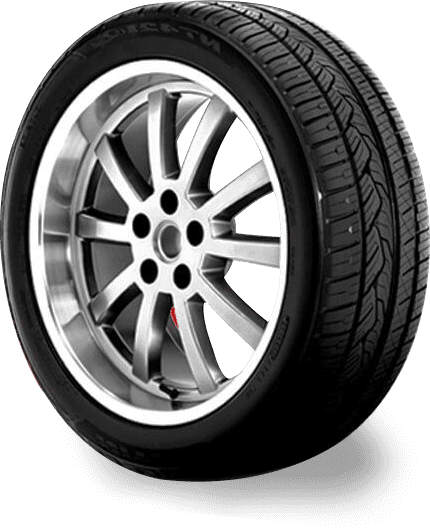
Dec . 20, 2024 12:31
Back to list
Understanding the Functionality of Natural Gas Pressure Regulators in Gas Supply Systems
Understanding Natural Gas Pressure Reducers
Natural gas is a vital source of energy for millions of homes and businesses worldwide. To deliver this energy safely and efficiently, natural gas must be managed carefully at various stages of the supply chain. One critical component in this process is the natural gas pressure reducer. This device ensures that gas is delivered at the appropriate pressure, which is vital for both consumer safety and the efficient operation of appliances.
A natural gas pressure reducer, also known as a pressure regulator, is designed to reduce the high pressure of gas coming from pipelines or storage tanks to a safe and usable level for end-users. Typically, gas is transported at high pressures to ensure efficient flow through long pipelines. However, before it can be used in homes, businesses, or industrial applications, the pressure must be significantly lowered.
How Pressure Reducers Work
The operation of a pressure reducer is based on the principles of fluid dynamics. When high-pressure gas enters the regulator, it encounters an internal mechanism that reduces the pressure. This can be accomplished using various methods, including spring-loaded diaphragms or pilot-operated systems. As the gas moves through the reducer, its pressure decreases, allowing it to exit at a consistent, lower pressure.
Regulators are designed with safety features to prevent over-pressurization, which could lead to leaks or even explosions. Most pressure reducers include outlets that release excess pressure, and many are equipped with safety shut-off valves that cut the gas supply in case of malfunction.
Types of Natural Gas Pressure Reducers
There are several types of pressure reducers, each tailored for specific applications
1. First Stage Regulators These are typically used in high-pressure applications, such as compressors or in large industrial settings. They reduce the initial pressure from the pipeline to an intermediate level.
natural gas pressure reducer

2. Second Stage Regulators These regulators further reduce the pressure from the first stage to a usable level for residential or commercial appliances.
3. Integrated Regulators These units combine both first and second stage functions into one device, simplifying installation and maintenance.
4. Electronic Pressure Regulators Advanced systems that use electronic controls to monitor and adjust the pressure dynamically. These are often found in industrial applications where precise pressure control is necessary.
Importance of Pressure Reducers
The significance of pressure reducers cannot be overstated. Firstly, they enhance safety by preventing gas leaks and explosions resulting from over-pressurization. Secondly, they ensure that appliances operate efficiently, as each device is designed to work optimally at specific pressure levels. For instance, gas stoves, water heaters, and furnaces all have designated operating pressures that must be maintained for optimal performance and efficiency.
Moreover, pressure reducers contribute to energy conservation. By ensuring that the gas delivered to appliances is at a consistent and appropriate pressure, they help minimize waste and improve the overall efficiency of gas use.
Conclusion
Natural gas pressure reducers play a crucial role in the safe and efficient delivery of energy. Their ability to regulate gas pressure ensures that consumers receive a consistent supply of gas at safe levels, helping to power homes and businesses effectively. As technology advances, we can expect even more innovative solutions in pressure regulation, contributing to safer and more efficient energy systems globally. Understanding the function and importance of these devices is essential for anyone involved in the natural gas industry or for consumers looking to optimize their energy use.
Next:
Latest news
-
Safety Valve Spring-Loaded Design Overpressure ProtectionNewsJul.25,2025
-
Precision Voltage Regulator AC5 Accuracy Grade PerformanceNewsJul.25,2025
-
Natural Gas Pressure Regulating Skid Industrial Pipeline ApplicationsNewsJul.25,2025
-
Natural Gas Filter Stainless Steel Mesh Element DesignNewsJul.25,2025
-
Gas Pressure Regulator Valve Direct-Acting Spring-Loaded DesignNewsJul.25,2025
-
Decompression Equipment Multi-Stage Heat Exchange System DesignNewsJul.25,2025

